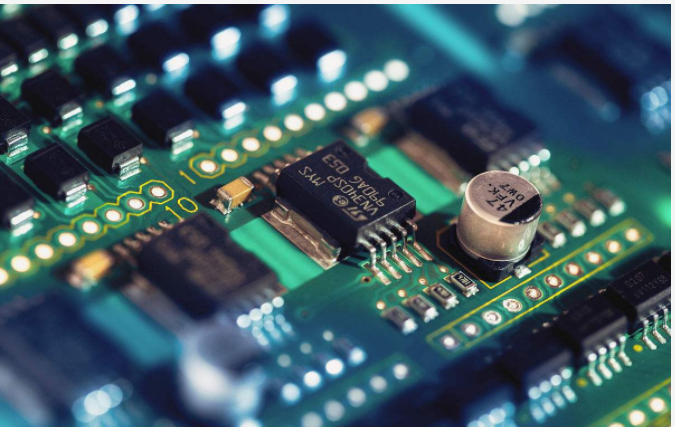What are the factors that affect PCB impedance?
In PCB proofing, the circuit performance provided by the PCB boardmust be able to prevent the signal from being reflected during the transmission process, keep the signal intact, reduce the transmission loss, and play the role of matching impedance, so that it can be complete, reliable, accurate, and interference-free, Noisy transmission signal. The relationship between characteristic impedance and substrate material is very close, so the selected substrate material is very important in PCB proofing.
The main factors affecting characteristic impedance are:
1. The dielectric constant of the material and its influence
The signal transmission speed in the dielectric material will decrease with the increase of the dielectric constant. Therefore, to obtain a high signal transmission speed, the dielectric constant of the material must be reduced. At the same time, to obtain a high transmission speed, a high characteristic resistance must be used, and a low dielectric constant material must be used for a high characteristic resistance.
2. The influence of wire width and thickness
The allowable wire width change in PCB proofing will inevitably lead to a great change in the impedance value. This requires the manufacturer to ensure that the line width meets the design requirements in PCB proofing and changes it within the tolerance range to meet the impedance requirements. It should be noted that the wire surface must be clean before electroplating, and there should be no residues and repairing oil black, otherwise the copper will not be plated during electroplating, and the local wire thickness will change, which will affect the characteristic impedance value. In addition, in the process of brushing, you must be careful not to change the thickness of the wire and cause the impedance value to change.

3. The influence of medium thickness
The characteristic impedance is proportional to the natural logarithm of the dielectric thickness. The thicker the dielectric, the greater the impedance. Therefore, the dielectric thickness is another major factor affecting the characteristic resistance. Because the width of the wire and the dielectric constant of the material have been determined before production, controlling the thickness of the laminate (medium thickness) is the main means to control the characteristic impedance in PCB proofing. The change in the thickness of each layer will cause a large impedance value. Change. Therefore, in PCB proofing, the characteristic impedance value will increase as the thickness of the medium increases.
Therefore, for high-frequency circuits with strictly controlled characteristic impedance values, strict requirements should be imposed on the error of the dielectric thickness of the substrate material. Generally speaking, the change of the dielectric thickness should not exceed 10%. For multi-layer boards, the thickness of the dielectric is closely related to the multi-layer lamination process, so the characteristic impedance should be strictly controlled.
Impedance control is a special process, some PCB manufacturers find it troublesome and unwilling to do it; ipcb is a high-precision, high-quality PCB manufacturer, such as: isola 370hr PCB, high-frequency PCB, high-speed PCB, ic substrate, ic test board, impedance PCB, HDI PCB, Rigid-Flex PCB, buried blind via PCB, advanced PCB, microwave PCB, telfon PCB and other ipcb are good at PCB manufacturing.